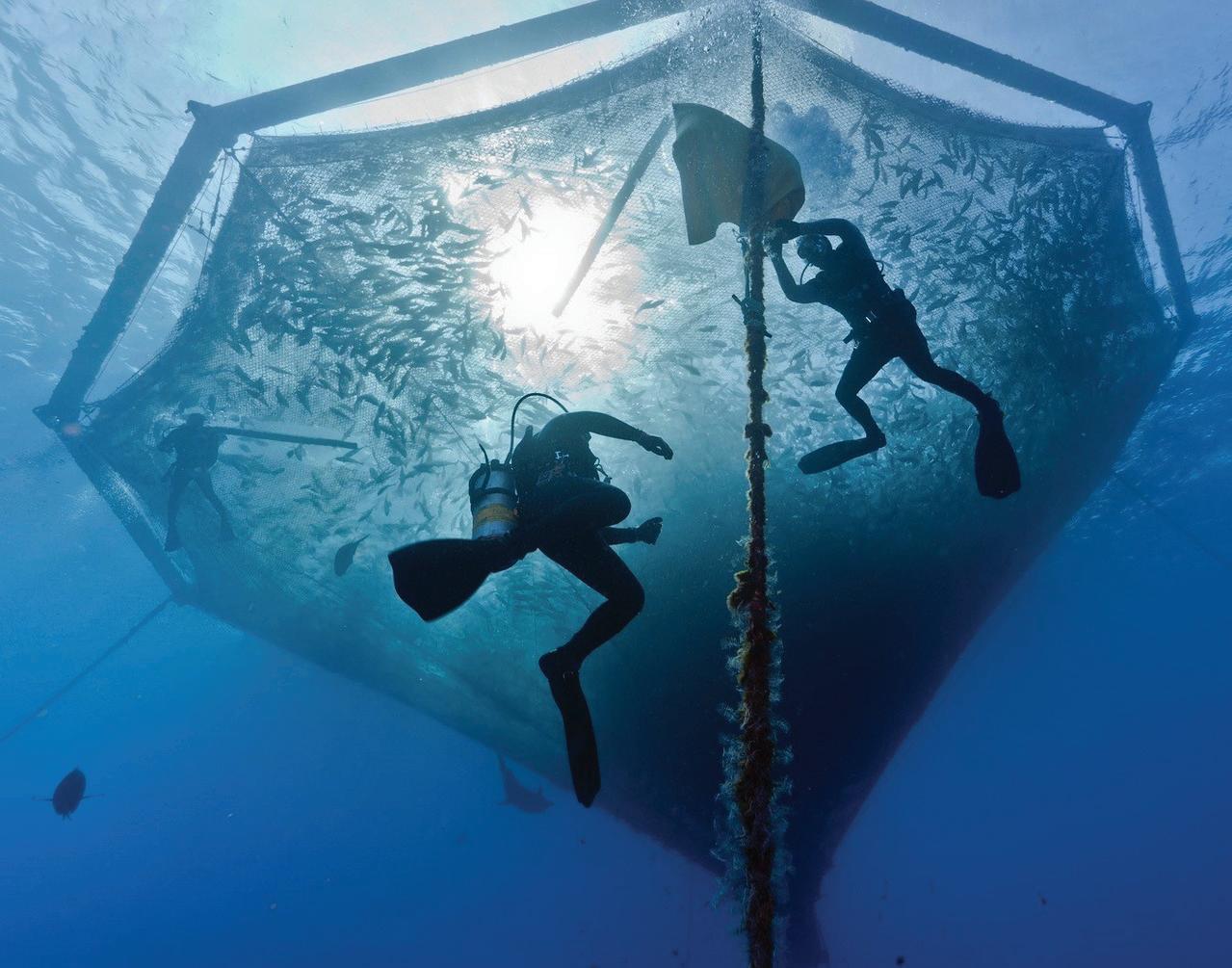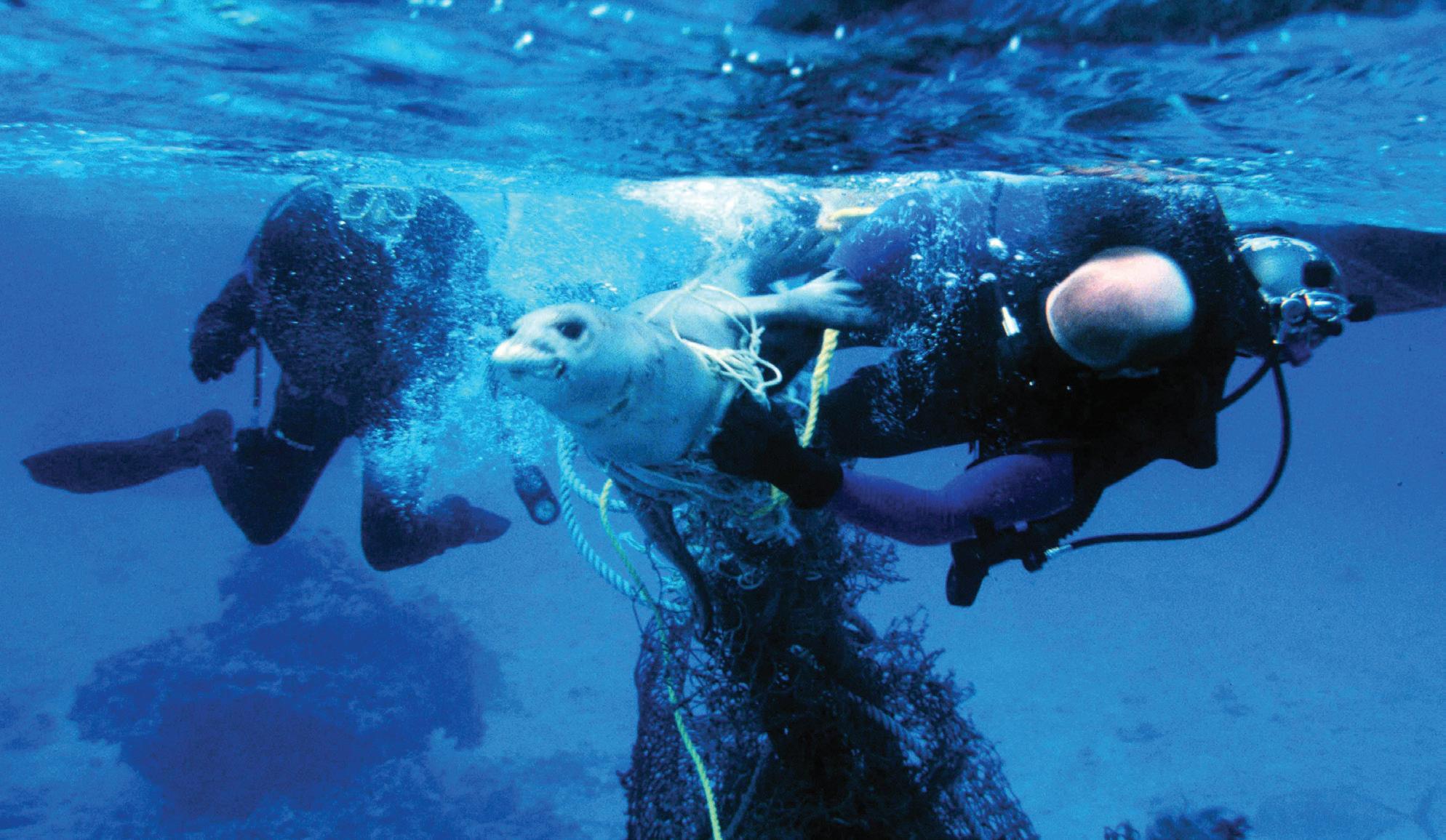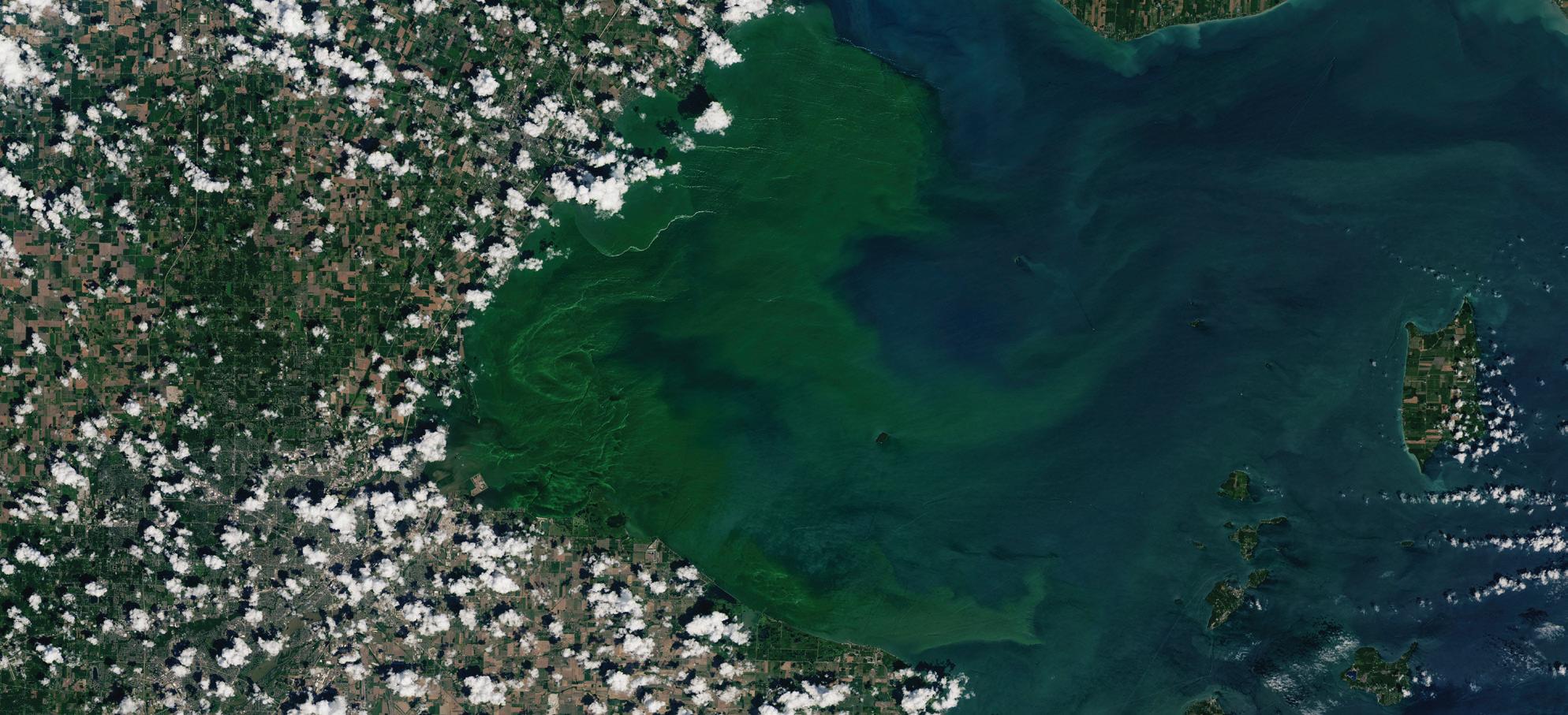NOAA TODAY
The Other Wild Blue Yonder NOAA explorers probe the mysterious ocean deep. By Craig Collins
W
e know more about the surfaces of Mars and the moon than we do about the deep ocean: NOAA estimates that more than 80 percent of the world’s ocean is unmapped, unobserved and unexplored. The NOAA Office of Ocean Exploration and Research (OER) seeks to reveal the secrets of this unfathomed undersea world. In July of 2017, a team of explorers from NOAA and the Smithsonian National Museum of Natural History sent a remotely operated vehicle from NOAA Ship Okeanos Explorer into a seascape so bizarre they called it the “Forest of the Weird”: colorful, odd-looking sponges, all protruding on stalks from the seamount and facing the current to catch the ocean’s microscopic food particles. One of these was a species never seen before: a bulbous sponge on a long, slender stalk that resembled the alien from the film E.T the ExtraTerrestrial.
1928 50
Three years later, the “E.T. sponge,” a new genus and species, received its scientific name: Advhena magnifica, Latin for “magnificent alien.” The discovery of a new genus of organisms doesn’t happen very often, but it was just one of the extraordinary discoveries recently made by NOAA explorers and their partners. In the past few years alone, OER conducted, participated in, or supported deep-sea expeditions that explored the mysterious deep “blue holes” off the Florida coast; found the wooden remnants of a prehistoric civilization off the Texas coast; explored in detail for the first time a hydrothermal vent system in Arctic waters; used ROVs and uncrewed underwater vehicles (UUVs) to explore sunken World War II wrecks around Alaska’s Kiska Island; collected environmental DNA samples from deepwater ecosystems in the northwestern Gulf of Mexico, unlocked the secrets of a 60,000-year-old submerged forest
which may yield new compounds for medicines – and much, much more. “We are the only organization across all of government who has the mission to explore the ocean,” said Dr. Alan Leonardi, OER’s director, “to go to places in our world’s ocean that nobody has ever been to, and document what we see for the benefit of humanity.” At NOAA’s founding in 1970, ocean exploration was envisioned as one of its core missions, but it remained a small part of its activities until a formal program was established in 2001. This program was mostly a funding mechanism for other expeditions until 2008, when NOAA acquired Okeanos Explorer; its first dedicated exploration vessel, a repurposed U.S. Navy ship. Today OER conducts its own at-sea operations aboard the Okeanos Explorer and supports similar expeditions – either directly or through a competitive grant program – by partners in the public and private sector. OER’s mission
Teletype replaces telegraph and telephone as the primary method for communicating weather information.









































